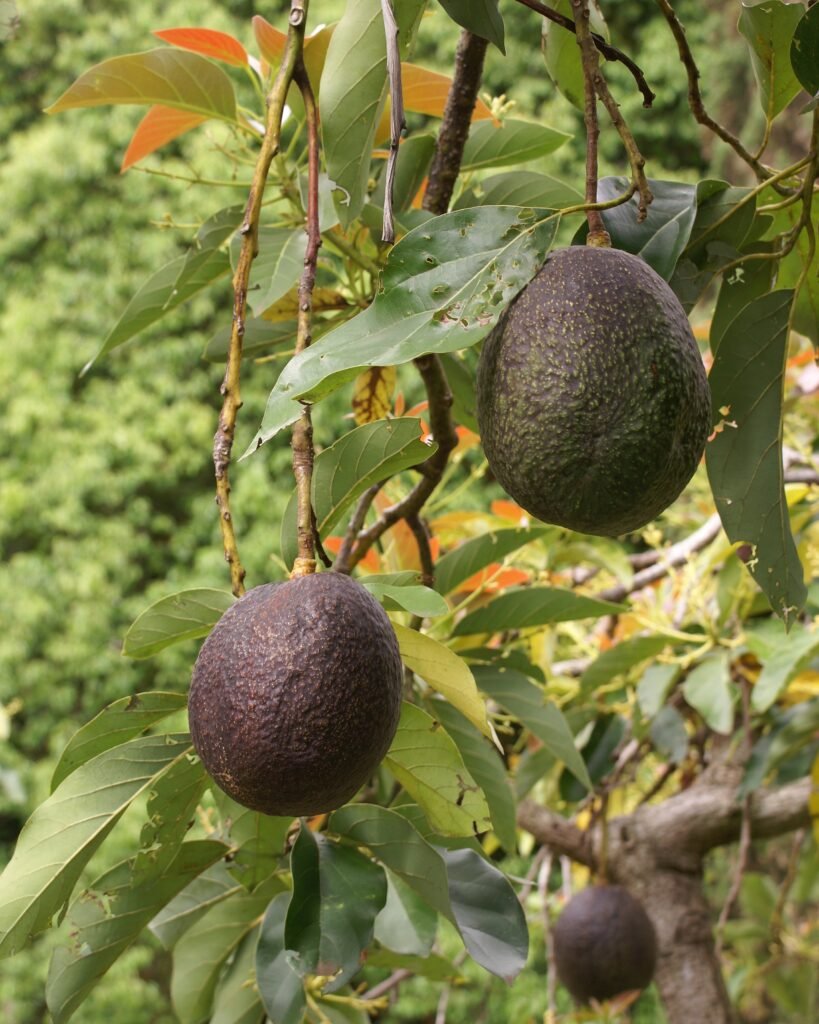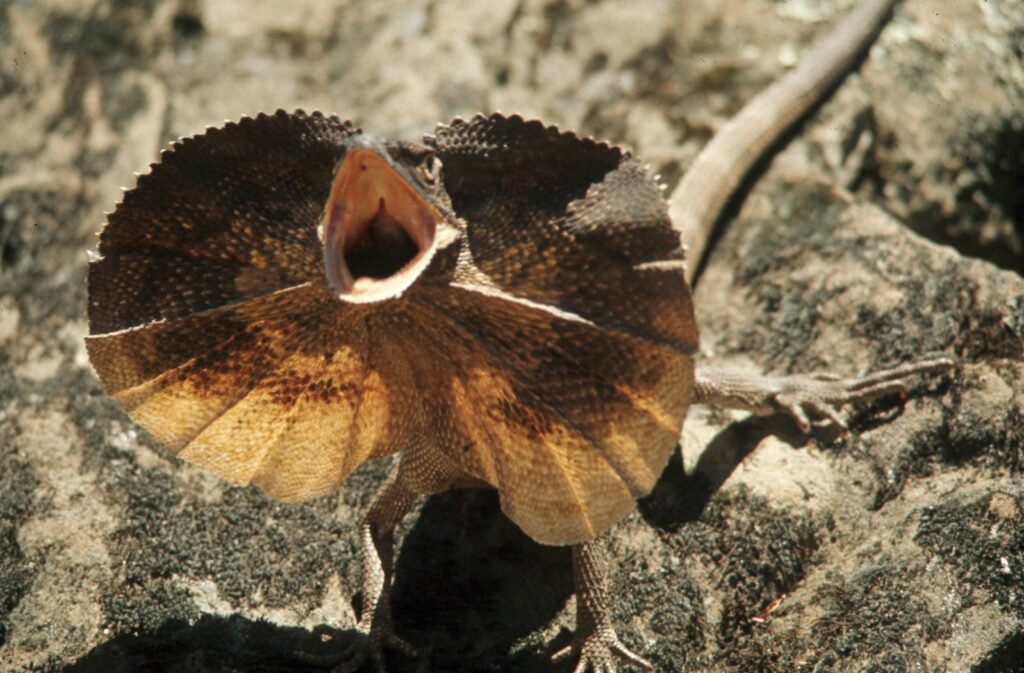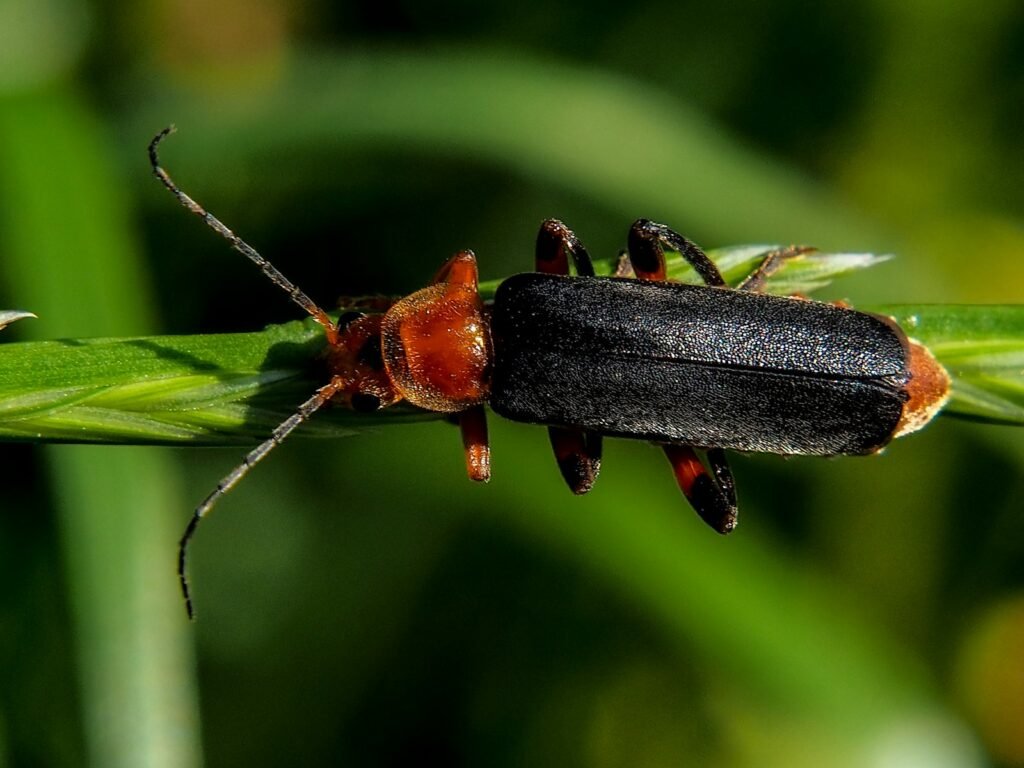In the vast tapestry of nature, not every piece fits neatly into the present-day puzzle. Some fruits, relics of a bygone era, seem frozen in time, untouched by the hands of evolution even after the creatures that once consumed them disappeared. These peculiar fruits are like ancient artifacts, whispering tales of a prehistoric world where giant creatures roamed the Earth. Their persistence raises intriguing questions about adaptation, survival, and the intricate dance between flora and fauna. Join us as we explore these enigmatic fruits that evolution seemingly forgot.
The Enigma of the Avocado
The avocado, cherished today for its creamy texture and rich nutrients, holds a secret from the past. Its large size suggests it was meant to be consumed by massive creatures, such as the now-extinct megafauna like the giant ground sloth. These ancient beasts were capable of swallowing the fruit whole, aiding in the avocado’s seed dispersal. However, with their extinction, the avocado’s evolutionary journey appears to have stalled. Despite this, the avocado has found a new ally in humans, who cultivate it for its culinary and health benefits. This unique relationship highlights the avocado’s remarkable resilience and adaptability.
The Curious Case of the Osage Orange
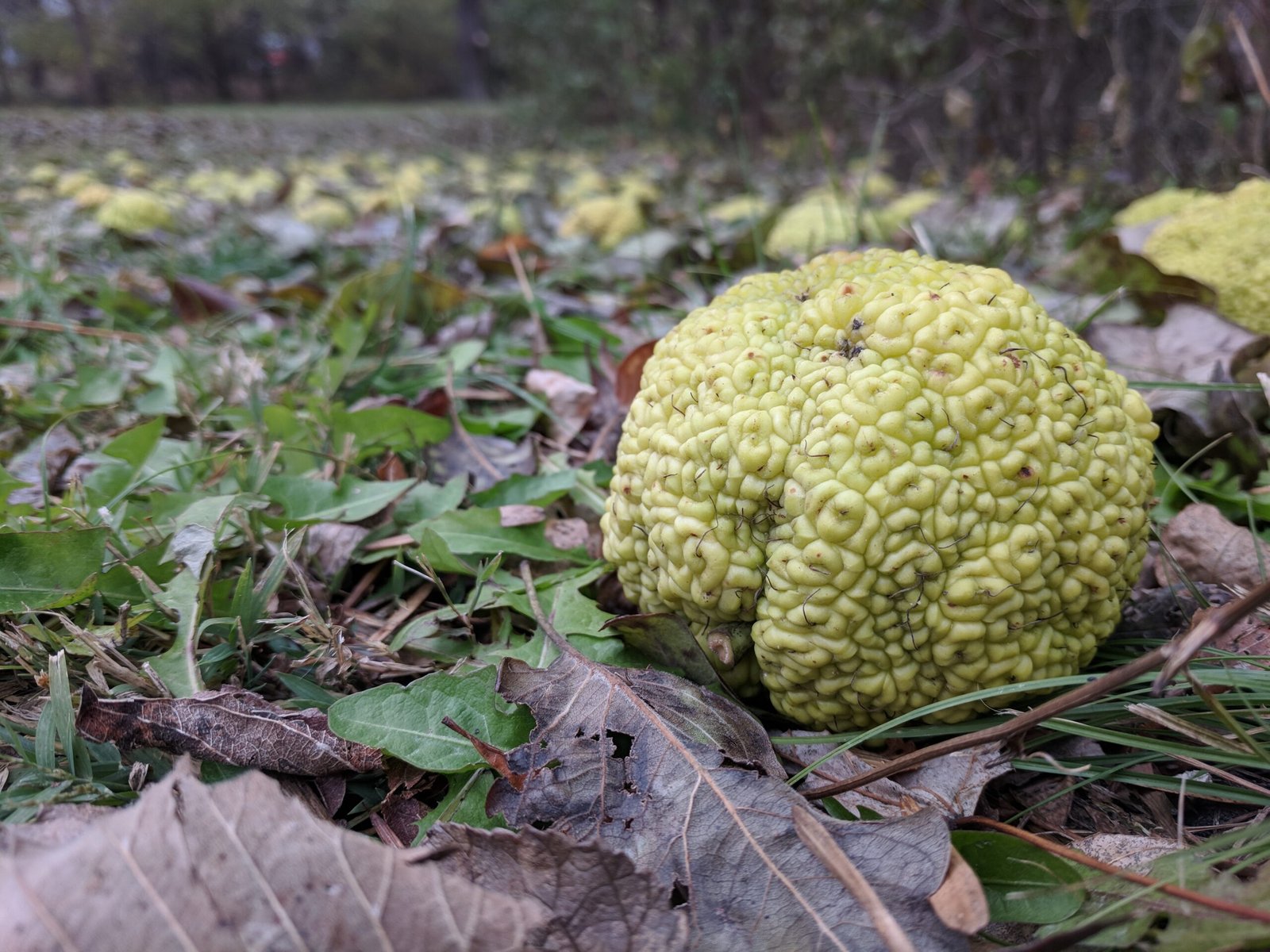
The Osage orange, often referred to as a “hedge apple,” presents yet another mystery. Its tough, wrinkled exterior and large size suggest it once relied on large animals for seed dispersal. Today, no native creatures consume it, leaving its seeds to languish on the ground. Researchers speculate that the fruit was once a favorite of the mammoths and mastodons that roamed North America. Despite its apparent obsolescence, the Osage orange survives, primarily due to its use in creating natural fences and its wood’s resistance to rot.
Ginkgo Biloba: A Living Fossil
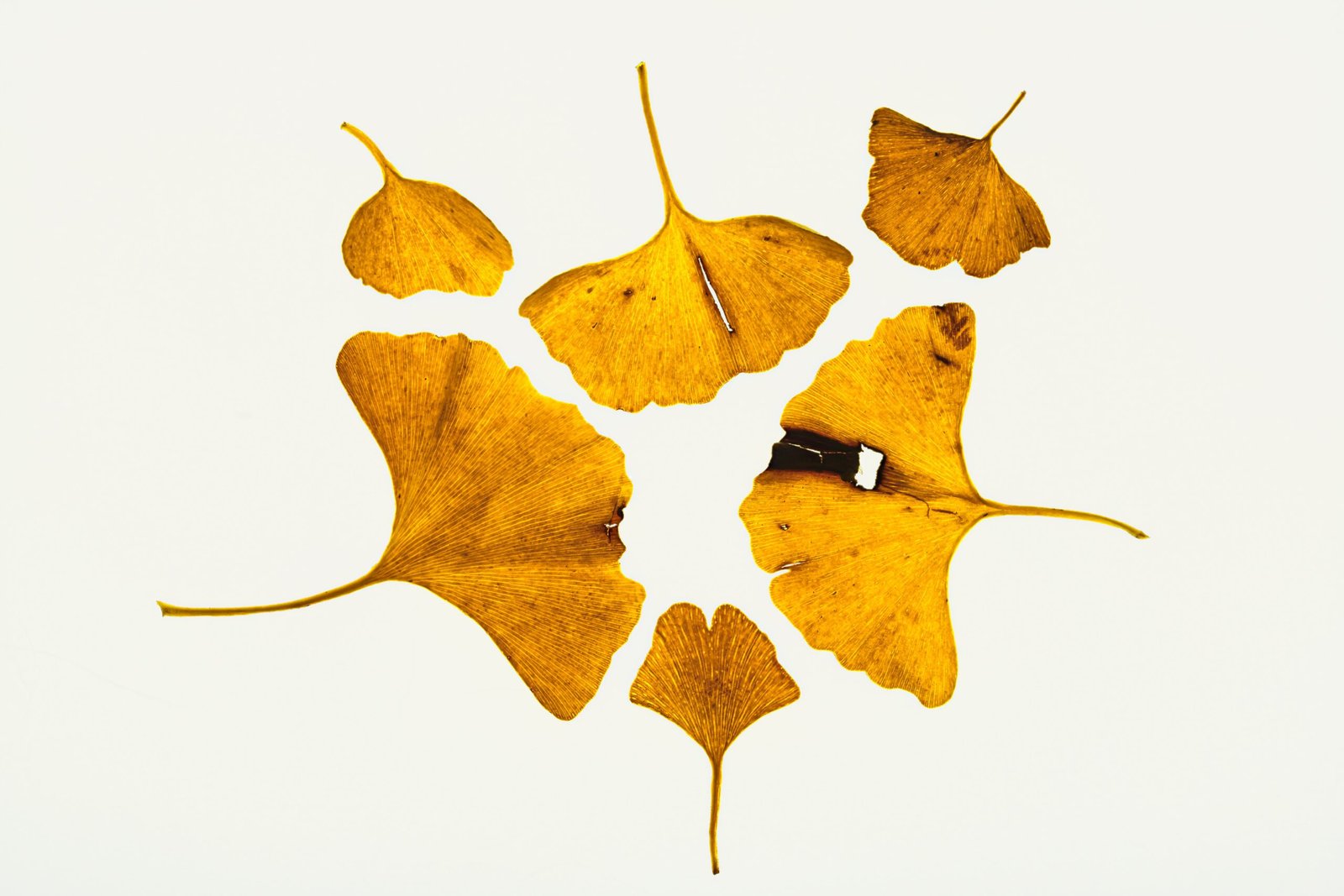
The ginkgo biloba tree, with its fan-shaped leaves and resilience to urban pollution, is often called a “living fossil.” Its fruits, however, emit a pungent odor that deters most modern animals from consuming them. In prehistoric times, the seeds were likely spread by dinosaurs. The extinction of these dinosaurs left ginkgo seeds largely without a dispersal agent. Yet, the ginkgo thrives, cultivated by humans for its medicinal properties and ornamental beauty. Its survival is a testament to its hardiness and the serendipitous nature of human intervention.
The Peculiar Pawpaw
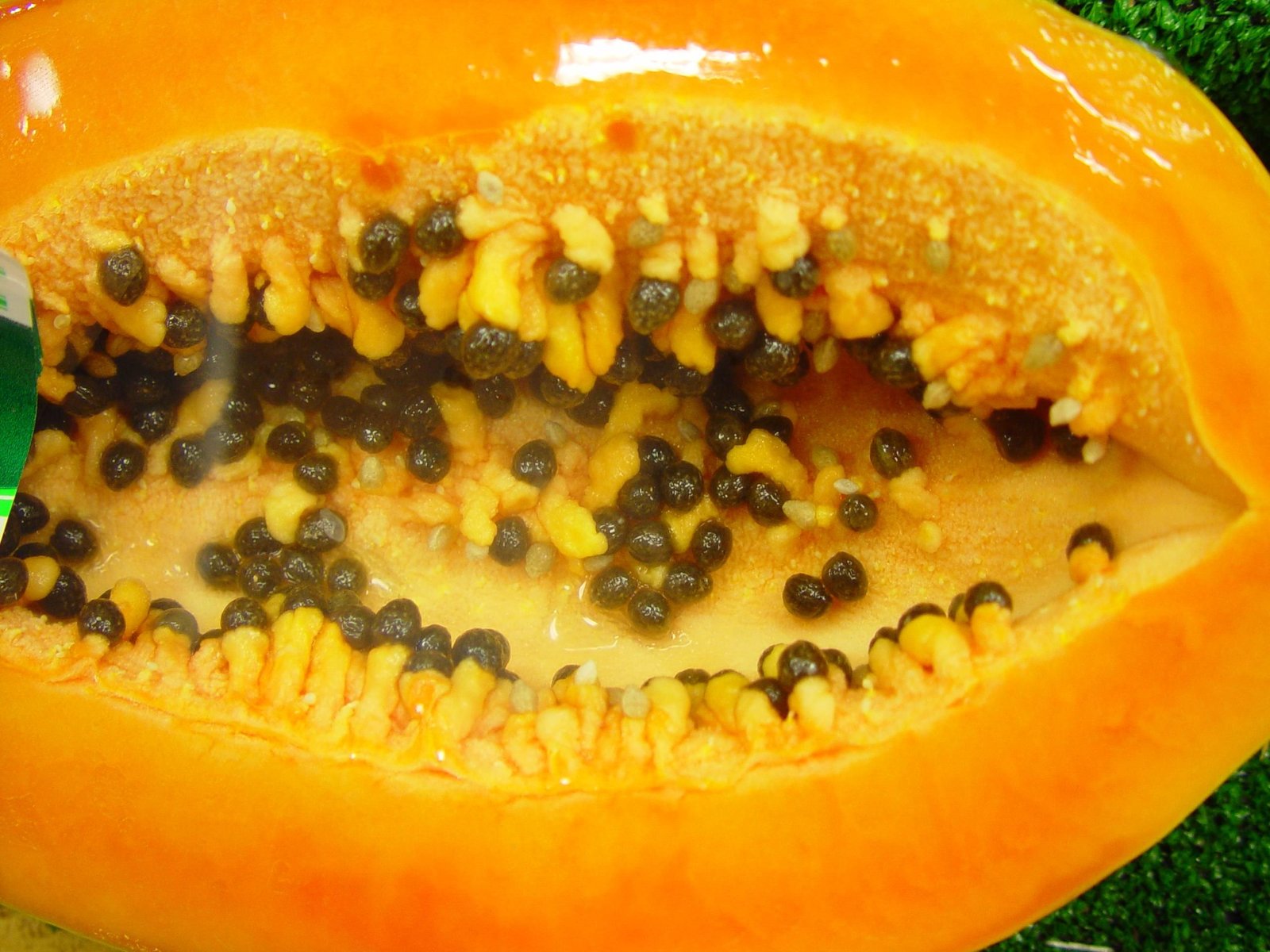
The pawpaw fruit, native to North America, is a curious case of evolutionary lag. Its creamy, custard-like flesh was likely a treat for large, now-extinct mammals. Today, few animals consume the pawpaw, and its seeds often fall beneath the parent tree. Despite this, the pawpaw has found a niche among foragers and food enthusiasts who prize its tropical flavor. This fruit serves as a reminder of the delicate balance between adaptation and chance in the evolutionary process.
The Mysterious Calabash
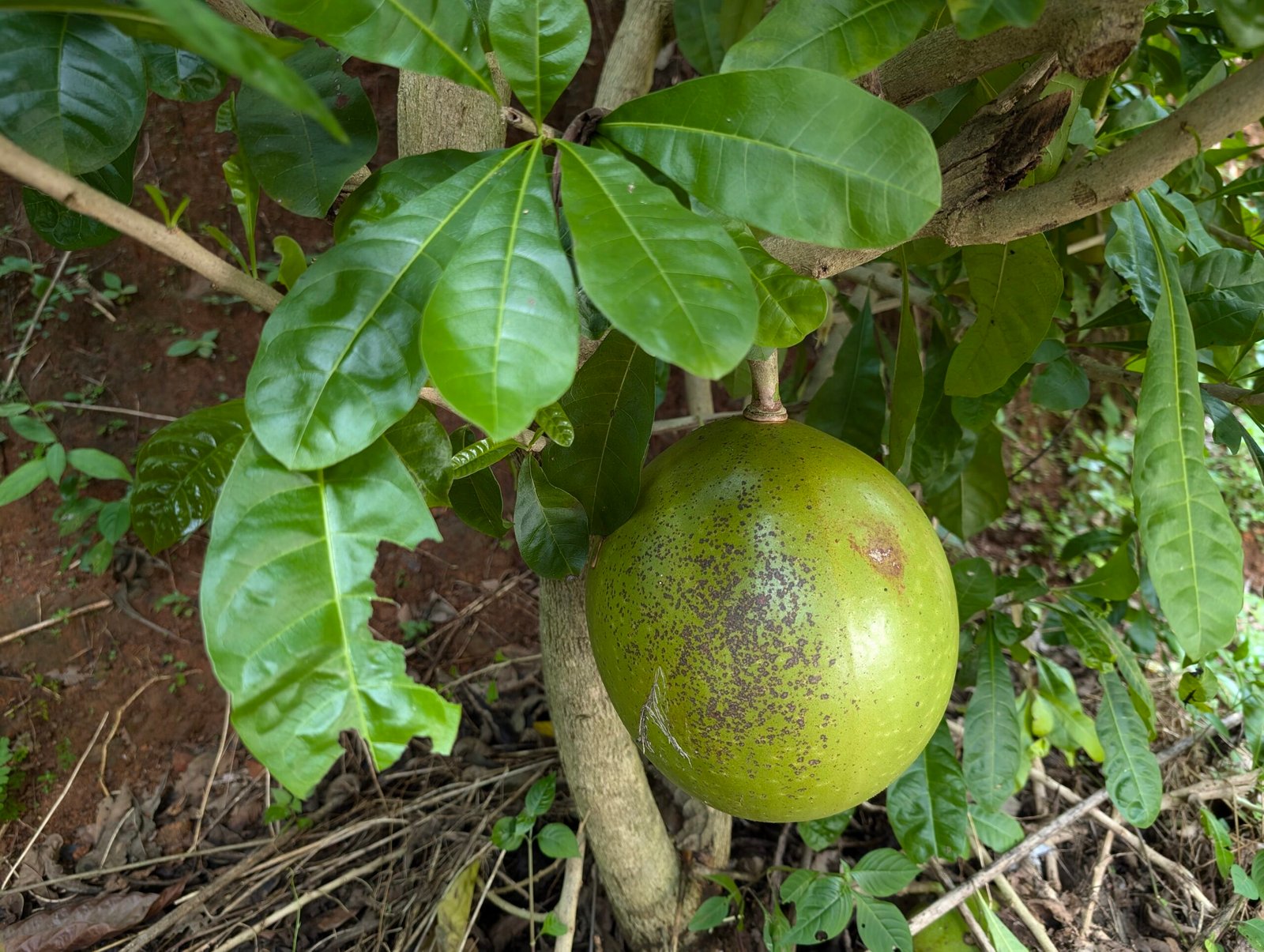
The calabash fruit, with its hard shell and versatile uses, has captivated humans for centuries. However, its size and shape suggest it was once a primary food source for large animals. The extinction of these creatures left the calabash without a natural dispersal agent. Humans have since adopted the calabash for use as utensils, musical instruments, and art, ensuring its continued presence. This adaptation exemplifies the unexpected ways in which species can persist despite evolutionary stagnation.
The Jujube’s Ancient Roots
The jujube, often dubbed the “Chinese date,” is a fruit with a rich history. Its tough, fibrous pit suggests it was meant for consumption by large animals. With the extinction of these creatures, the jujube’s natural dispersal methods dwindled. Nonetheless, its sweet, nutritious flesh has earned it a place in human diets across cultures. The jujube’s journey from ancient times to modern tables showcases the complex interplay between evolution and human cultivation.
The Unchanging Durian
Known for its strong odor and spiky exterior, the durian fruit is both loved and loathed. Its size and formidable husk suggest it was once consumed by large animals capable of cracking it open. Today, it relies on human hands for dispersal. Despite the absence of its original consumers, the durian has thrived, becoming a staple in Southeast Asian cuisine. This persistent fruit illustrates the unpredictable paths evolution can take when human preferences come into play.
Jackfruit: A Giant Among Fruits
The jackfruit, with its massive size and distinctive aroma, appears to have been designed for the appetites of large prehistoric creatures. However, no such animals exist today to aid in its seed dispersal. Humans have embraced the jackfruit for its versatility in culinary applications, from savory dishes to sweet treats. Its continued success underscores the role of human intervention in the survival of species seemingly left behind by evolution.
The Desert’s Date Palm
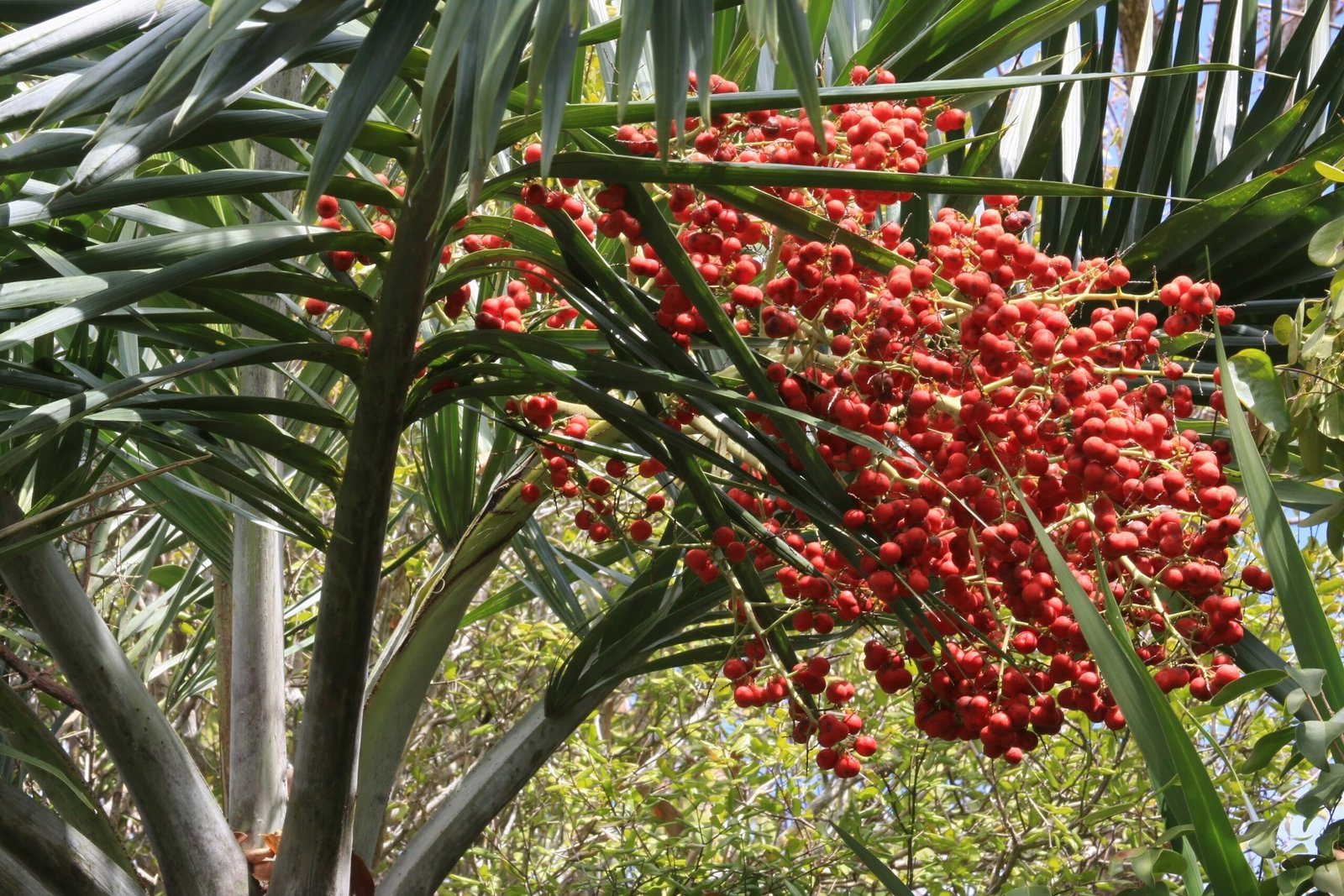
The date palm, a staple of arid regions, bears fruits that are surprisingly large for the small animals that inhabit its native lands. This discrepancy hints at a past reliance on larger creatures for seed dispersal. With the extinction of these animals, the date palm’s evolutionary trajectory shifted. Today, its sweet, nourishing fruits are cultivated by humans, ensuring its enduring presence in desert landscapes. The date palm’s story is one of adaptation and human influence.
The Persistent Persimmon
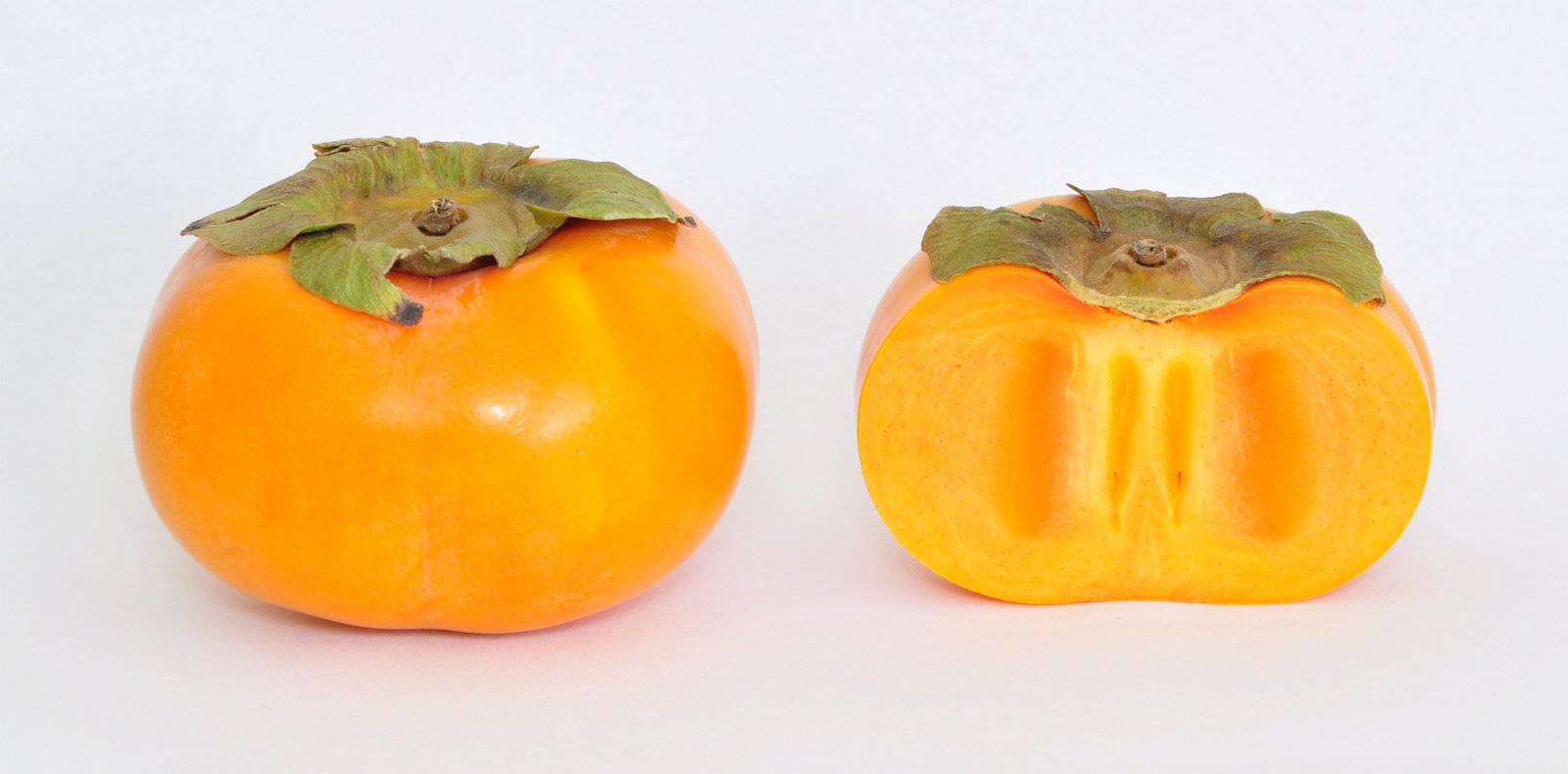
Persimmons, with their vibrant orange hue and unique flavor, are a fruit from another era. Their large seeds and astringent taste suggest they were once consumed by now-extinct megafauna. In the absence of these creatures, persimmons have adapted to rely on human cultivation. Their popularity in various cuisines around the world highlights the unexpected partnerships that can arise when evolution leaves certain species seemingly stranded.
In examining these strange fruits that evolution forgot to update, we uncover a fascinating narrative of survival, adaptation, and the intricate connections between species. These fruits, relics of a prehistoric world, remind us of the ever-changing nature of life on Earth and the unexpected role humans play in the evolutionary journey.

